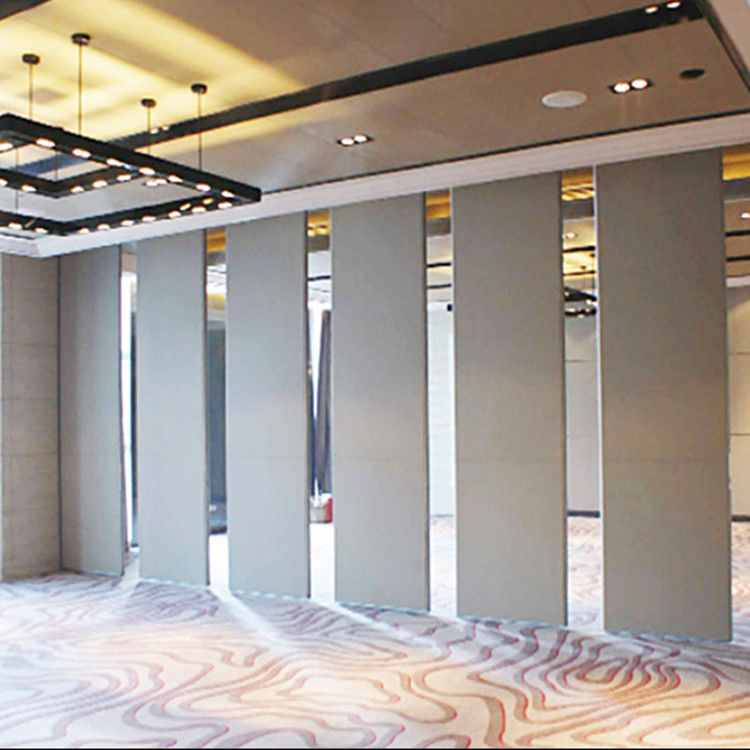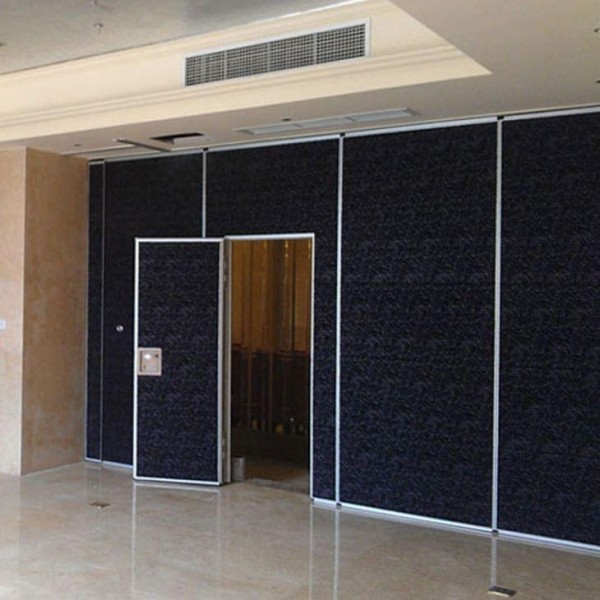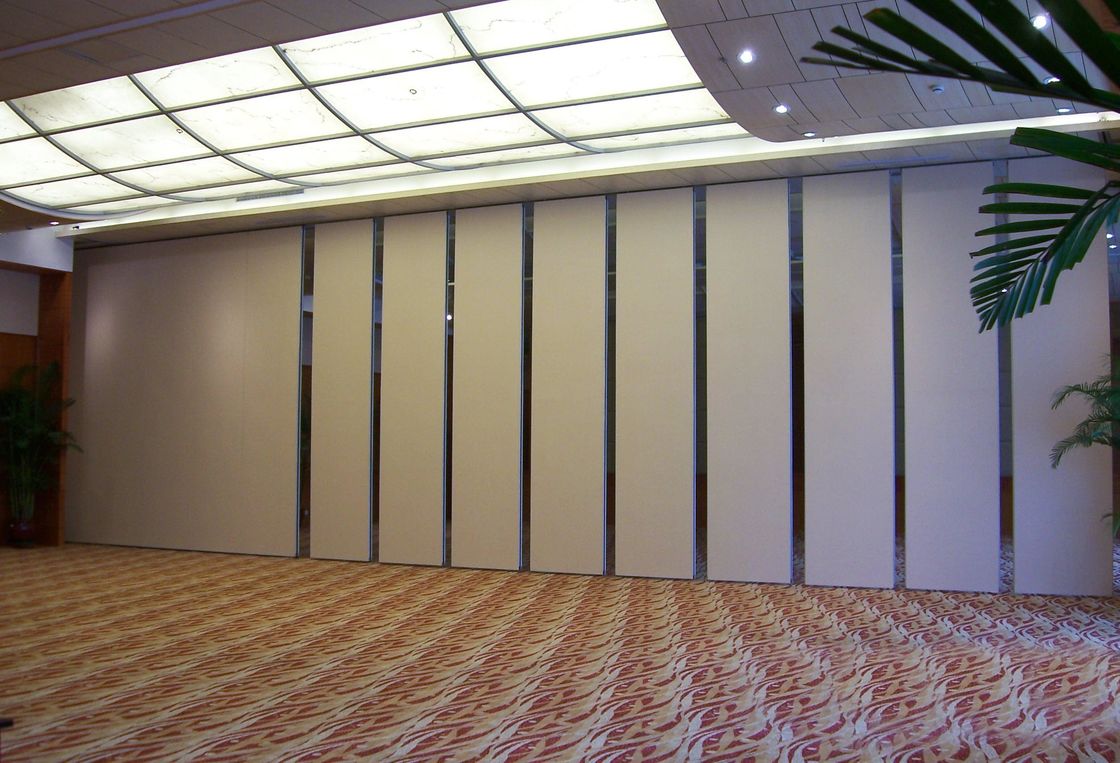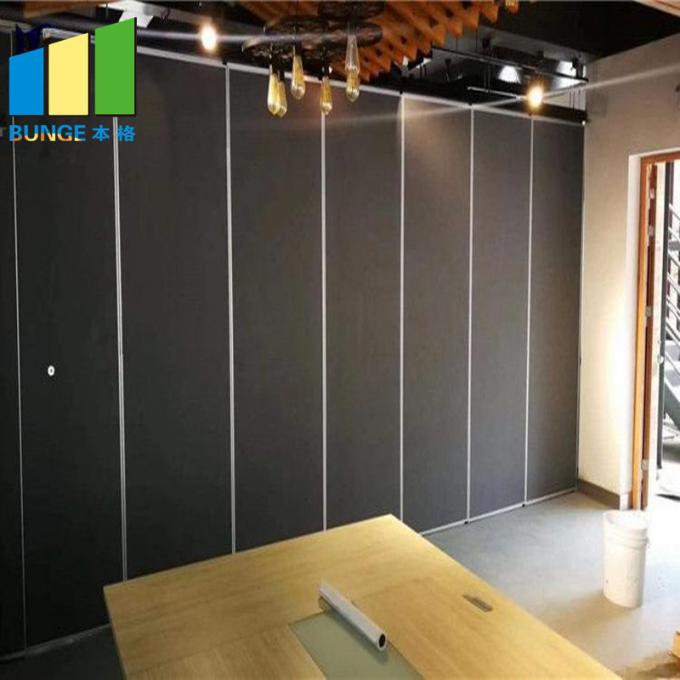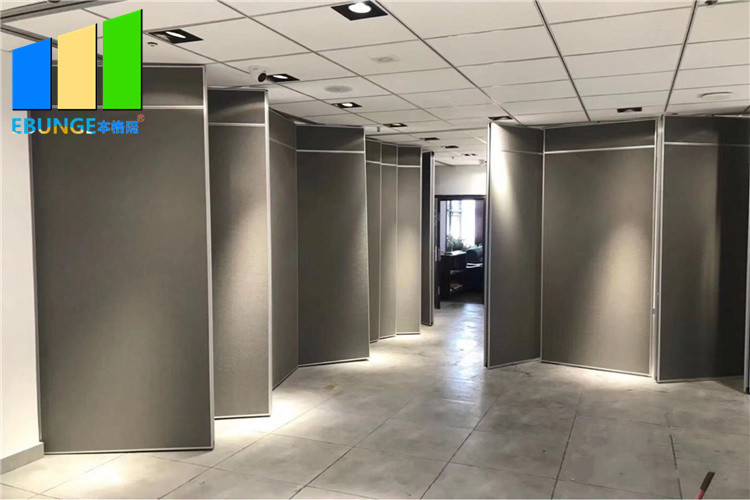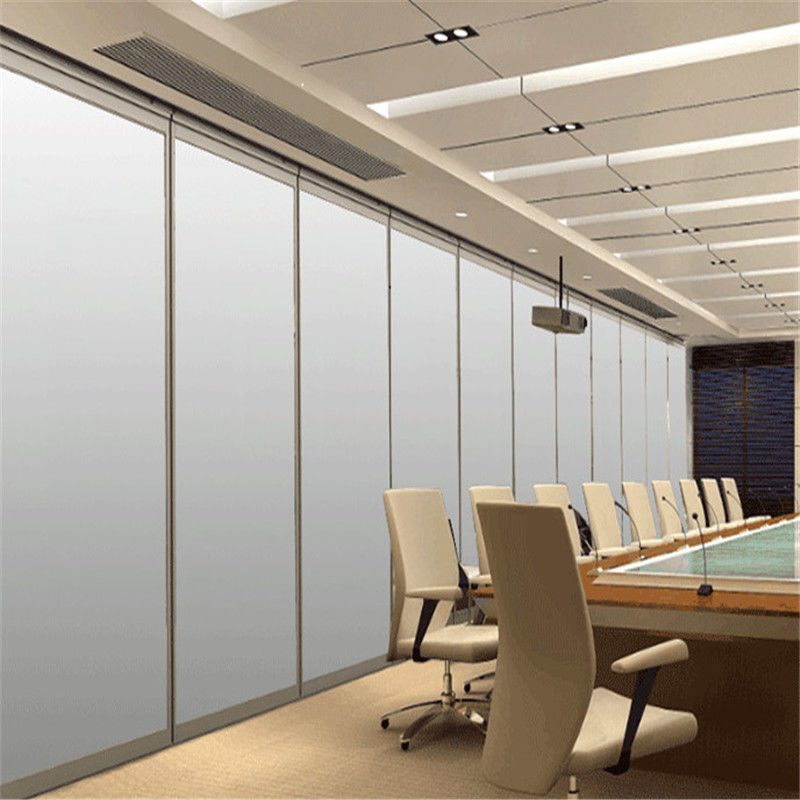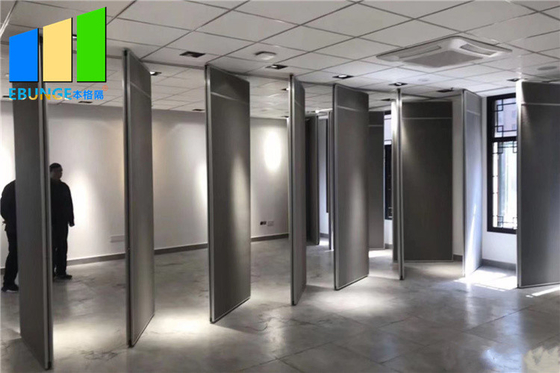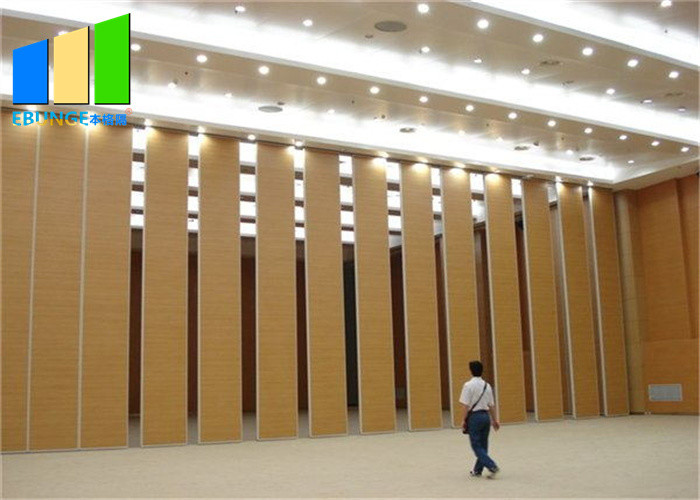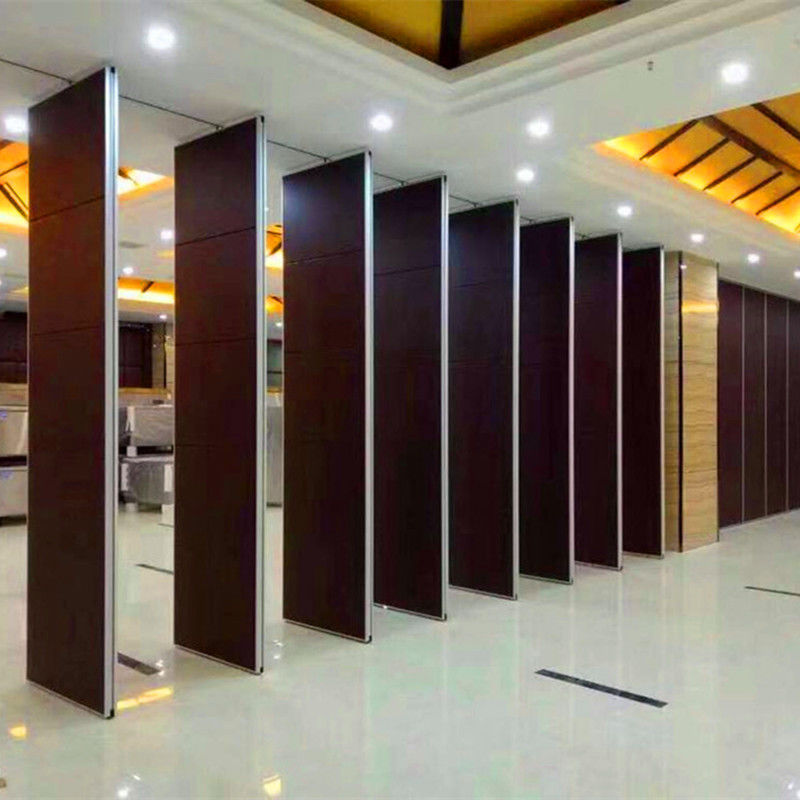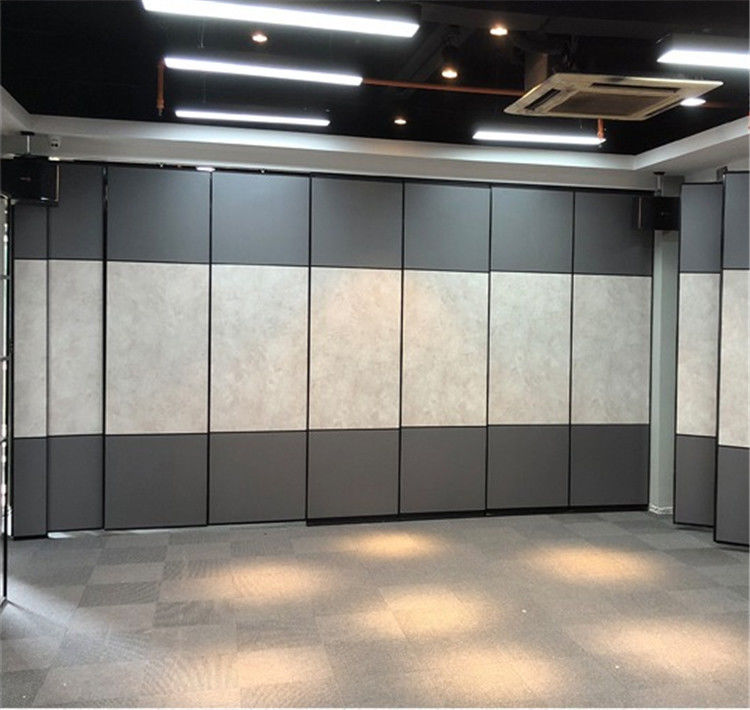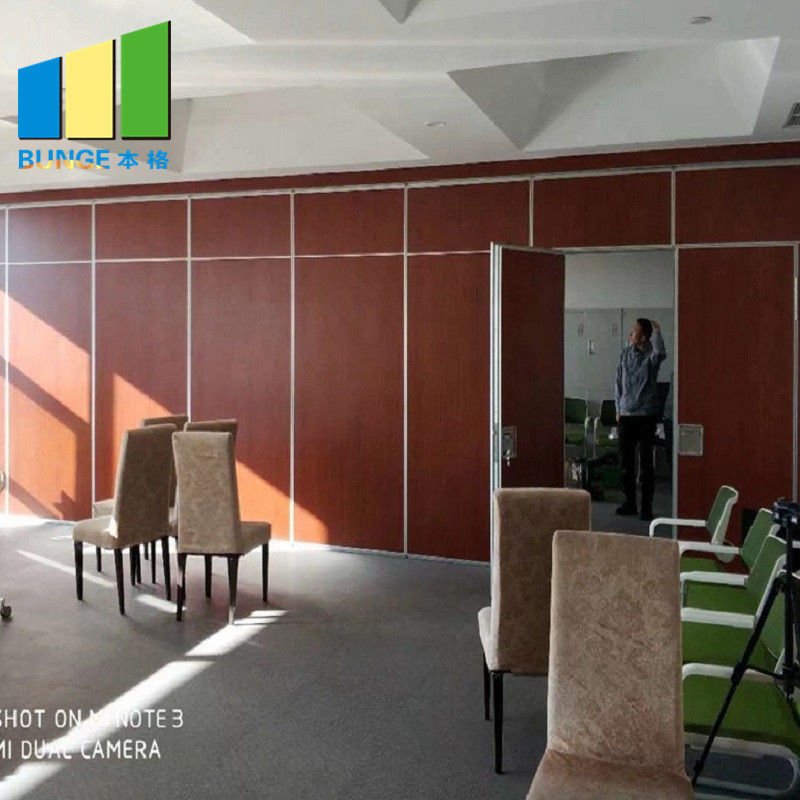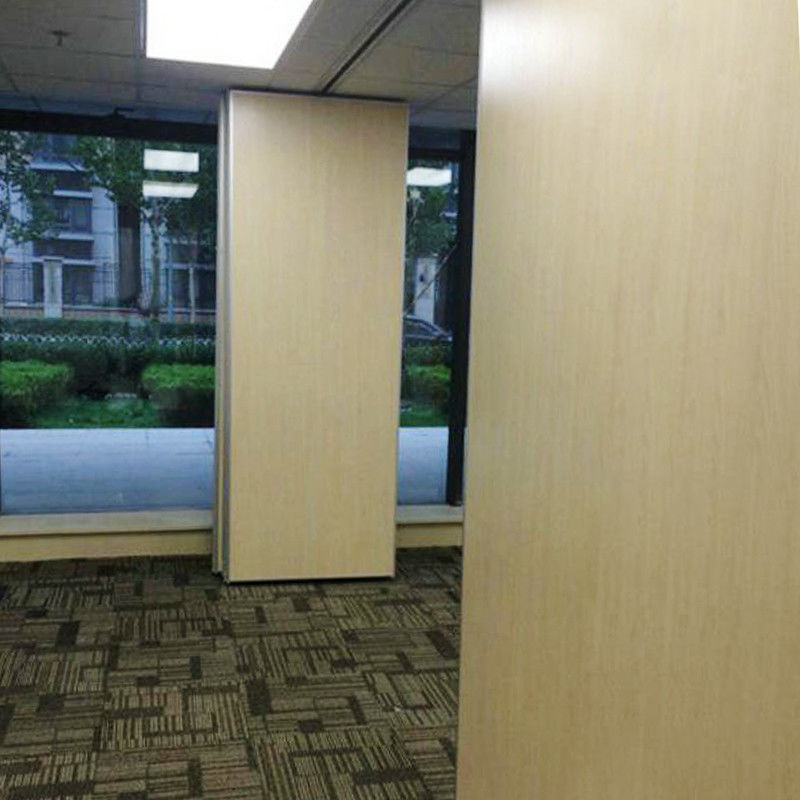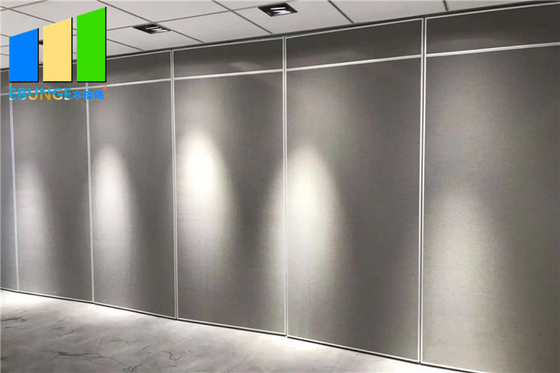Temporary Soundproof Partition Wall

The clamor of construction, the drone of machinery, and the incessant chatter that plague many urban and industrial environments are now facing a new, rapidly deployable nemesis: the temporary soundproof partition wall. These innovative barriers are not merely room dividers; they are sophisticated acoustic solutions promising to redefine noise control in various sectors.
At its core, this technology offers flexible and effective sound mitigation without the permanence of traditional construction. The rising demand reflects growing awareness of noise pollution's detrimental effects on productivity, health, and overall quality of life, prompting businesses and communities to seek adaptable solutions.
The Rise of Acoustic Partitioning
Driven by advancements in materials science and engineering, temporary soundproof partition walls are emerging as a vital tool for creating quieter, more productive spaces. They are designed to absorb and block sound waves, significantly reducing noise levels and enhancing acoustic comfort. "These partitions are engineered to offer performance comparable to permanent walls, but with the added benefit of portability and ease of installation," explained Dr. Anya Sharma, a leading acoustician at the Institute for Noise Control Engineering, in a recent statement.
Several factors fuel the demand for these solutions. Increased urbanization and industrial activity have intensified noise pollution, leading to regulatory pressure and growing public concern. Businesses recognize the link between reduced noise and improved employee well-being and productivity.
Applications Across Industries
The versatility of temporary soundproof partition walls makes them suitable for a wide array of applications. Construction sites, offices undergoing renovation, factories, and event spaces are prime examples.
In construction, these partitions minimize noise impact on neighboring communities. They allow work to continue during off-peak hours without causing disturbance.
OSHA regulations concerning permissible noise exposure levels also drive demand, as construction companies seek ways to protect their workers and comply with safety standards.
Offices are increasingly adopting these solutions to create quiet zones for focused work or to temporarily isolate noisy equipment. Event organizers utilize them to create smaller, more intimate spaces within large venues or to mitigate noise bleed between different zones.
Material Science and Design
The effectiveness of these partitions lies in their sophisticated design and the materials used in their construction. Many incorporate multi-layered systems featuring dense, sound-blocking materials like mass-loaded vinyl and sound-absorbing materials like fiberglass or mineral wool.
The outer layers often consist of durable, aesthetically pleasing fabrics or panels, allowing the partitions to blend seamlessly into various environments. Some models even feature integrated lighting and power outlets, further enhancing their functionality.
Economic and Environmental Considerations
While the initial investment in temporary soundproof partition walls can be significant, the long-term economic benefits often outweigh the costs. Reduced noise pollution translates to improved employee productivity, fewer noise-related complaints, and increased property values.
From an environmental standpoint, these partitions offer a more sustainable alternative to permanent construction. They minimize waste, require less energy to manufacture and transport, and can be reused or recycled at the end of their life cycle.
Challenges and Future Trends
Despite their numerous advantages, temporary soundproof partition walls face certain challenges. Cost can be a barrier for smaller businesses or organizations with limited budgets.
Concerns about durability and fire safety also need to be addressed. Manufacturers are continuously innovating to develop more robust and fire-resistant materials. Technological advancements will likely lead to the development of smart partitions with adjustable acoustic properties.
Looking ahead, the temporary soundproof partition wall market is poised for continued growth. Increased awareness of noise pollution, coupled with ongoing innovation and decreasing costs, will drive adoption across various sectors.
The ability to create quiet, productive spaces quickly and efficiently will be increasingly valued in a world that seems to get louder every day. "The future of sound control is flexible, adaptable, and focused on creating healthy, harmonious environments for all," concluded Dr. Sharma.

